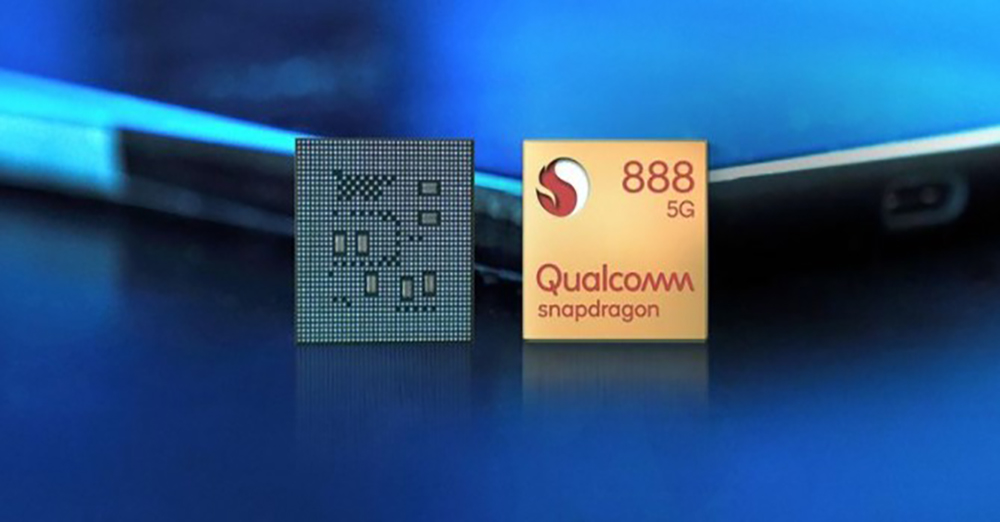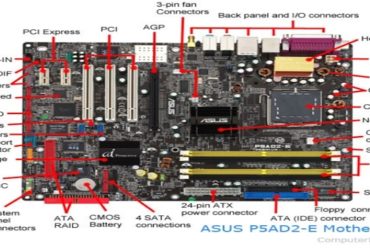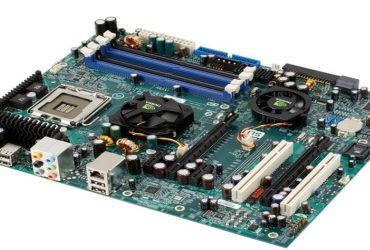For tech-savvy readers, PCs, You will be familiar with the processing power and chips found in smartphones. However, some users may not be very familiar with it. So today I would like to share about SoCs found in phones today.
So what is an SoC?
A system-on-a-chip (SoC) is just as important as the human brain for smartphones. As the name suggests, System-on-a-Chip puts many processing systems in one place. For example, processing components; Memory and Modems are all in one place. These components are mounted on the chip board.
Putting all these components together on a single chip saves space for the phone; It saves a lot of money in terms of price and convenience. As a result, smartphones have become one of the most popular devices on the market. The SoC is like the brain of a phone, managing everything that runs in our phone’s operating system. Other Display Camera RAM Flash storage is also connected to the SoC. The following is a list of common components in a smartphone’s SoC: Central Processing Unit (CPU) – The CPU is the most important part of the SoC. It runs apps and Android OS code on the phone.
Graphics Processing Unit (GPU) – The GPU, as its name implies, handles graphics-related components. In other words, it handles 2D / 3D gaming with the user interface of apps. Image Processing Unit (ISP) – IPS is simple. Data from the phone camera Digital Signal Processor (DSP) – The DSP is more powerful than the CPU when it comes to compressing music files and filtering gyroscope sensor data.
Neural Processing Unit (NPU) – NPU enhances machine learning (AI) performance on expensive phones. Video Encoder / Decoder – Its function is to save the video when changing the format. These include 4G LTE; Includes 5G and Wi-Fi.
These are the characteristics found in a SoC. The other is Nanometers (nm). When referring to SoCs, many users refer to these nanometers (nm). This is the SoC manufacturing process. The smaller the nm of the SoC, the smaller the internal configuration of the SoC. This makes the phone more powerful and reduces the size of the chip. Currently, 5nm is the smallest manufacturing process used in smartphone SoCs.

At this point, I think I should know a little bit about SoC. Below I will talk about the SoCs on the market. In the current mobile world, Qualcomm, Samsung Semiconductor Huawei HiSilicon and MediaTek are two well-known companies that make chipsets for smartphones. Even now, Google is entering the market with its first Google Tensor SoC, one of the largest manufacturers of smartphone SoCs. Qualcomm SoCs are common on most phones, from the flagship to the mid-range chipset to the low-end.
These SoCs are called Snapdragon, as most users see them. Qualcomm prefers the Snapdragon 800 Series for flagship devices, while the Mid-Range Devise offers the Snapdragon 600 and 700 series. The latest Snapdragon 400 series is available for the latest budget level phones. There are Mid-Range and Entry Level.
Previously, there were the Exynos 9900, 9800, 9600 Series and Exynos 7000 Series. Now, the new flagship Exynos 2100 and 5G Mid-tier Exynos 1080 chipsets have been added. Another Huawei flagship chipset is the Kirin 9000. The other Kirin 600 series is mid-range chipsets like the Snapdragon 600 Series.
The latest company, MediaTek, offers everything from the P Series in the Helion to the gaming-focused G Series. These chipsets are only available on cheaper phones. For the flagship, MediaTek has released the Density 1000 Series, so I think most readers should already understand about SoCs. If you do not understand, you can ask in the comments. Thanks to all the readers for reading to the end.
















